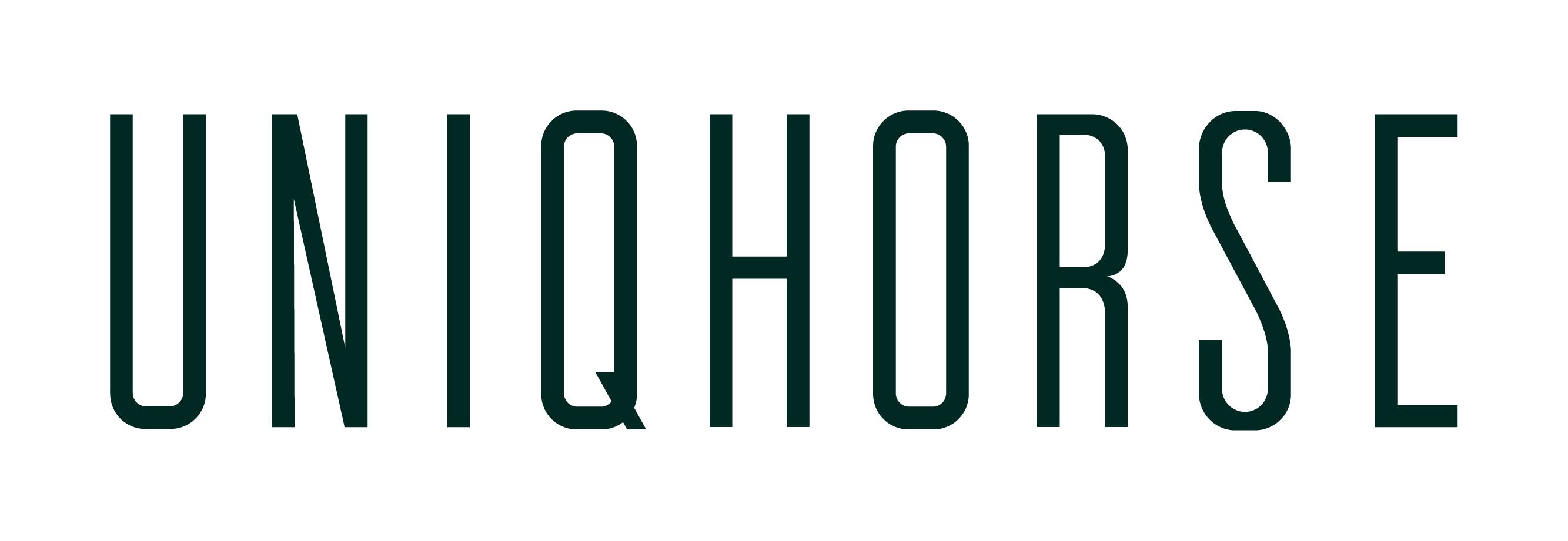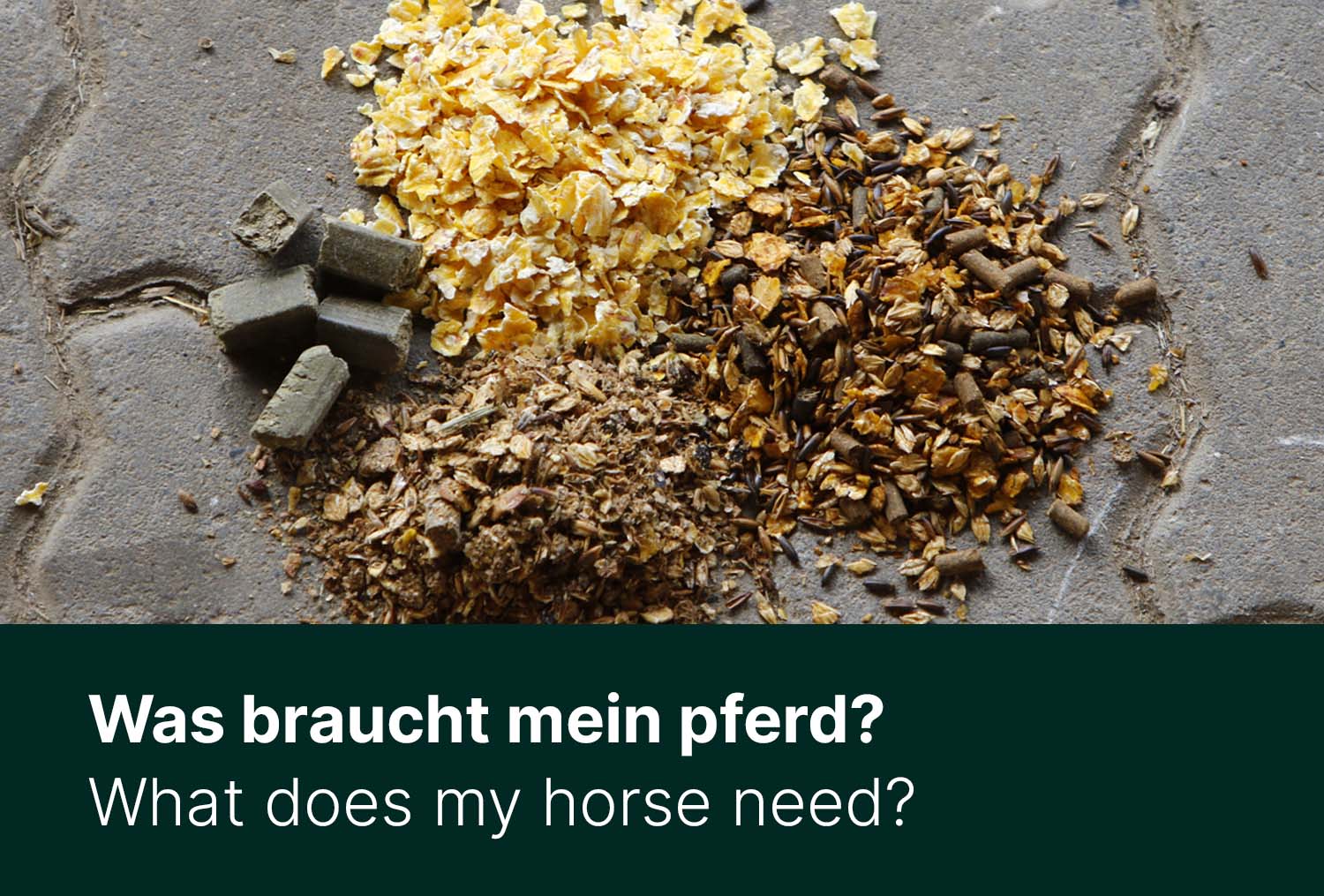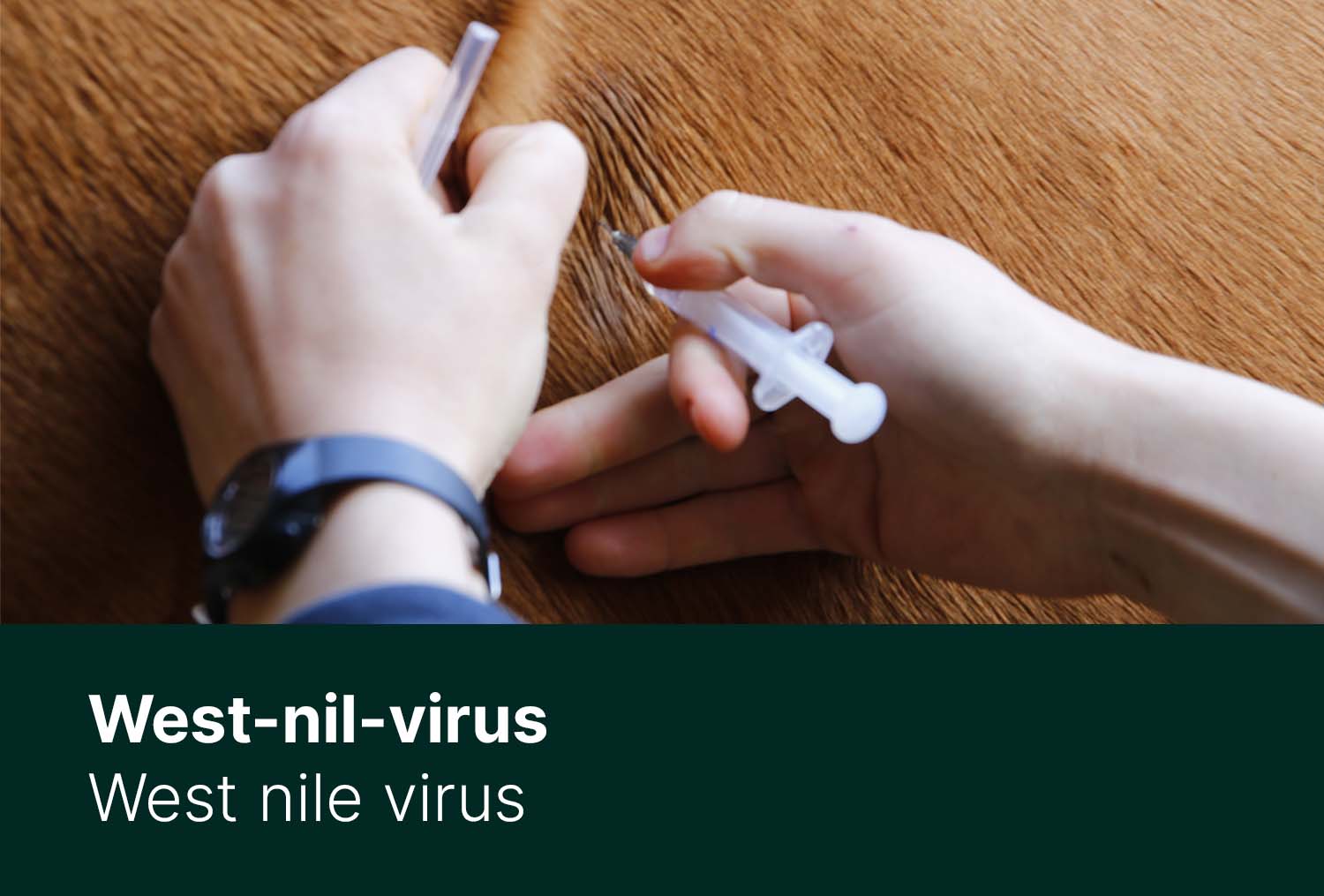Poles and pylons not only make the training for rider and horse varied, but as visual aids they can also help to optimize the course of lessons and hoof patterns.
Riding with optical aids
Especially in winter, when the days are getting shorter and the riding halls are getting fuller, a lot of creativity is required on the part of the rider to make the training as varied as possible. With decreasing motivation, the horse's willingness to perform also decreases: regular rides, ground work, lunging or the use of cones and poles can bring a lot fun to the daily work. For the dressage work, the rider has a certain repertoire of lessons and hoof beats at his disposal, which are usually played as a fixed program if there is too little variety. It is actually the basic hoofbeat figures with the appropriate aids that pave the way within the scale of the training. In the course of the riding time, errors can quickly creep into the course of actually simple figures: the corner is not ridden out correctly, the wavy lines are not divided symmetrically or the circle is too egg-shaped.
- Creativity
But when riding without instruction, there is often a lack of ideas or non-targeted execution of certain lessons. While in riding lessons the points of transitions, lessons and reinforcements are usually specified and coordinated, so that the rider changes gait on the dot, for example, many riders let this precise riding grind during daily training. However, this can often lead to the traversal being initiated too late or the short U-turn being too large. Poles and pylons can be helpful in two ways: firstly as visual fixed points to correctly guide a certain hoof pattern and secondly as visual support for riding and executing lessons with pinpoint accuracy. Behind all the advantages of working with additional aids, the focus is also on variety, since the horse not only has to concentrate on the rider's aids, but is also exposed to additional visual stimuli and will also take care not to touch the pylons and bars. The initial work with pylons and poles presents many riders and horses with a great challenge, as their own riding rhythm is sometimes lost. The first circle attempts will probably be trickier than usual because you also have to concentrate on the correct route. However, the added value of this work will become apparent after a short time, since not only the paths are ridden more cleanly, but also the aids are given more consciously and finely. The degree of difficulty should be increased slowly, otherwise the training purpose of the exercise will not be fulfilled and this would not be confidence-building. Cones that are too narrow would, for example, provoke excessive use of the rein aids.
- Pole Work
Poles can also be used as purely visual aids. As in the circle, in the volte many horses push outwards and break out over the outside shoulder. While the middle line can be used as a guide for 10 meter volts, 8 meter volts are also required in class L tasks. A pole parallel to the hoofbeat at a distance of 8 or 10 meters not only limits the diameter, but also makes the rider aware of the importance of the outer rein and leg. Likewise, poles can mark the distance that the horses should travel in a straight line, as when riding through the middle line in a wavy line figure. Riding bends and turns also has a holistic training effect, since the dorsal muscle chain, i.e. the muscles of the upper neck section, the back and croup muscles and the thigh muscles, as well as the ventral muscle chain, which includes the lower neck muscles, the abdominal muscles and the front thigh muscles , are activated alternately. All footsteps, no matter how simple, should always be ridden with proper aids and awareness of the gymnastic effect. This makes the horse more supple and, like the rider, it learns to balance better and shift weight correctly. The rapid change in the direction of movement keeps sluggish horses awake and at the same time overzealous horses are automatically slowed down.

- Change of Pace
More momentum More comes into the exercises when tempo changes are included. Either in the form of gait changes, for example when crossing the middle line, or as increasing and decreasing within the gait. So that the rider does not get bogged down in his plan, pylons can again mark the points at which the speed or gait change should take place.

- Work out Lessons
But also in the lesson work, optical fixed points can promote the correct execution and bring more variety to the daily training. Horses are creatures of habit, even when riding. In this way, they will quickly internalize when and in what order certain lessons are queried and anticipate the execution without appropriate assistance. The results are then usually hasty and sloppy. It is therefore advisable to initiate lessons at unfamiliar points in the riding arena and even to consciously interrupt them. Short turns in particular are often ridden in a hurry and created too big or too late. The rider should therefore try to ride only half a short turn at a time in the first step in order to maintain the flow and momentum and to develop a feeling for when the turn has to be prepared and initiated in order to be able to execute it later on at the point.
Pylons, poles and barrels can offer inexperienced riders an orientation and advanced riders recognize the need and sense of the interacting aids in a varied and playful way.- Exercises

Graphic 1
The three track touch points and X are marked by the pylons. When riding the circle the rider can now use the visual points for orientation and adjust the aids and route accordingly. The goal is an even circle with a constant bend in the horse's body.
Many horses will edge out in the circle and break out over the outside shoulder, usually due to insufficient outside rein assistance. The same pylon structure as in the circle is suitable here as an aid, only the riding is now not on a circular track, but on a square line. The horse must be straightened correctly after each turn. In the turn, the outside rein must now be deliberately used.

Graphic 2 and Graphic 3
Rods as a visual aid are especially good for limiting the diameter of volts. To do this, a bar is placed parallel to the hoofbeat at the desired distance, which the rider can then use for orientation. The horse is constrained by the bar to resist swerving over the outside shoulder. Poles can also be used when riding wavy lines correctly. To do this, use the poles to mark the straightening over the center line before the new turn is initiated. As an extension, a volte can be initiated every time the hoofbeat is touched.

Graphic 4
Changes in pace within the exercises keeps the horse alert and promote relaxation. For this purpose, the pylons are set up as a kind of gate on the path of a simple wavy line. These gates mark the points for changing paces. For example, before riding through the pylons, the trot is changed to a walk, in order to switch back to the trot immediately after riding through.

Graphic 5
The short turn is already one of the collecting lessons, in which the forehand crosses around the hindquarters and the step rhythm is maintained. However, the short turnaround is often too large and initiated too late. To set up, four pylons are placed in the riding arena, either as a rhombus on the middle circle or as a square in the running direction of the arena. With the latter setup, rider and horse have the boards as a visual barrier and support at every turn. Due to the route, only half a short U-turn is required. The pylons mark the point on the hindquarters around which the horse should turn.







Well knotted - Impact
DIY Fly Spray - starting protected into the summer